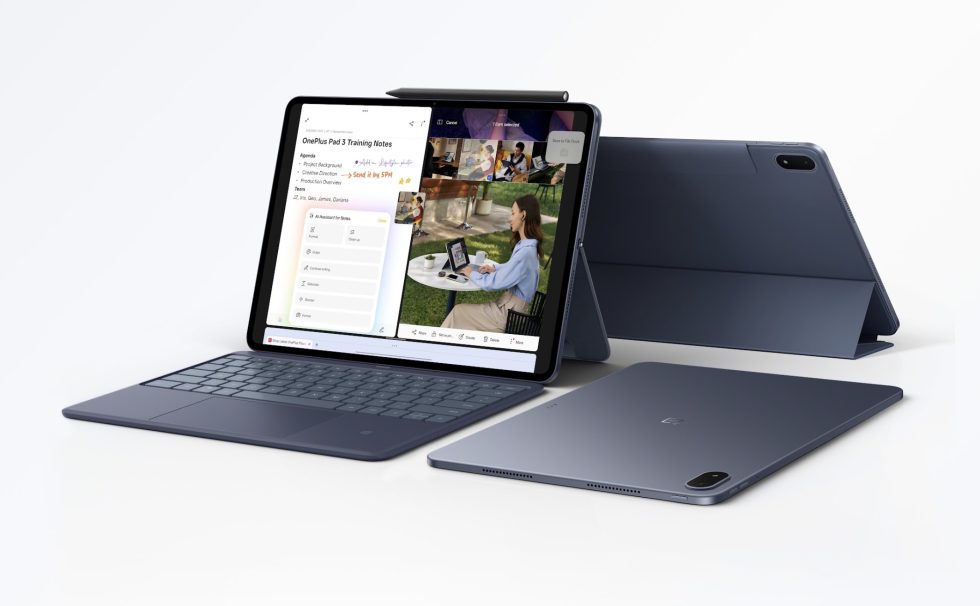Lime renews vows with Uber ahead of busy summer season
Lime, the shared scooter and bike company, is getting ready for another busy summer by cozying up to one of its biggest supporters, Uber. The two companies recently signed a new multiyear agreement that allows Uber to continue to feature Lime’s shared bikes and scooters on its ridehail app. As part of the deal, Lime’s […]


Lime, the shared scooter and bike company, is getting ready for another busy summer by cozying up to one of its biggest supporters, Uber.
The two companies recently signed a new multiyear agreement that allows Uber to continue to feature Lime’s shared bikes and scooters on its ridehail app. As part of the deal, Lime’s rented bikes and scooters will continue to appear in Uber’s app in the markets in which they overlap, including the US, Canada, Europe, Australia and New Zealand. The previous agreement was set to expire later this year.
“We’re pleased to extend this fruitful relationship into the future so riders can discover and quickly book Lime on the Uber platform,” said Wayne Ting, CEO of Lime, in a statement. “Working with Uber has allowed us to reach even more people and provide more riders with shared, affordable, emissions-free transportation through one of the largest transportation platforms in the world. This deal further solidifies Lime as the go-to option for two-wheeled travel in cities.”
Uber also recently announced that Lime would be included as part of its Uber One subscription members, offering 10 percent cash back on all Lime rides.
As part of the deal, Lime’s rented bikes and scooters will continue to appear in Uber’s app
Uber and Lime first came together during the height of the scooter boom in 2018, with the ridehail giant joining a $335 million round of financing led by Alphabet’s venture arm, GV. That was the first time Lime’s bikes and scooters became available for rent on Uber’s app. During the covid pandemic, Uber threw a crucial lifeline to Lime, investing $170 million in the company in exchange for Lime acquiring Uber’s Jump bike and scooter business. Today, Uber holds a 29 percent stake in Lime.
And as the pandemic progressed, the deal positioned Lime to pull ahead of many of its struggling rivals. As other companies floundered, Lime scootered past all the mergers and bankruptcies, and now presents itself as the leading shared micromobility company in the world. Earlier this year, the company published its 2024 financial results, in which it touted a fourth consecutive year of over 30 percent growth, second consecutive year of positive free cash flow, and $810 million in gross bookings.
And as the summer busy season approaches, Lime is setting its sight on new markets. The company recently launched in Barcelona, and later this year plans on expanding into Mexico. Its also continuing to scale its latest vehicles, the LimeBike and pedal-less LimeGlider, with launches in nearly a dozen cities over the past two months. Of the two new bikes, Lime says it plans to reach a fleet of more than 15,000 deployed vehicles globally in 2025. (The Glider is only available in North America, as the EU requires that throttle-only e-bikes be classified as mopeds.)
Lime’s bullishness on its business comes as the company recently hit a new record for daily ridership, surpassing 1 million rides in a single day on May 31st — and then again on June 1st. Lime says riders also recently exceeded 10 billion minutes using the platform, across more than 800 million individual trips since Lime’s service began in 2017.
Lime’s decision to continue partnering with Uber comes as the ridehail company’s main rival, Lyft, hikes the prices of its main bikeshare service, Citi Bike in New York. Lyft had been exploring a possible sale of Citi Bike, but now says it plans on expanding the service in the outer boroughs later this year.
Uber says its deal with Lime helps get it closer to its goal to be a zero-emission platform by 2040. “Lime has been an impactful partner in our efforts to make transportation easier, more affordable, and more sustainable,” Dara Khosrowshahi, CEO of Uber, said in a statement. With widespread global use through Uber in over 200 cities, this next chapter is about scaling up together—and giving riders even more ways to get where they’re going without owning a car.”














































































































































































![[The AI Show Episode 151]: Anthropic CEO: AI Will Destroy 50% of Entry-Level Jobs, Veo 3’s Scary Lifelike Videos, Meta Aims to Fully Automate Ads & Perplexity’s Burning Cash](https://www.marketingaiinstitute.com/hubfs/ep%20151%20cover.png)

























































































































![[DEALS] FileJump 2TB Cloud Storage: Lifetime Subscription (85% off) & Other Deals Up To 98% Off – Offers End Soon!](https://www.javacodegeeks.com/wp-content/uploads/2012/12/jcg-logo.jpg)



![From electrical engineering student to CTO with Hitesh Choudhary [Podcast #175]](https://cdn.hashnode.com/res/hashnode/image/upload/v1749158756824/3996a2ad-53e5-4a8f-ab97-2c77a6f66ba3.png?#)








































































































































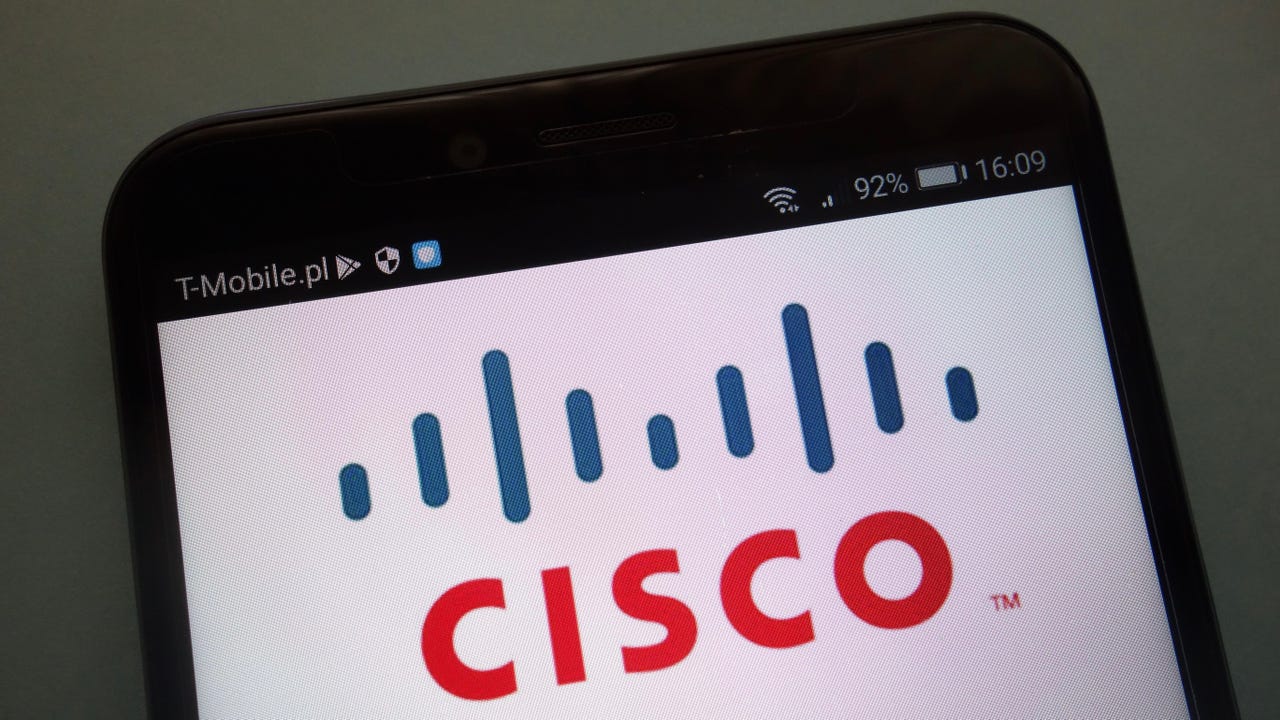










































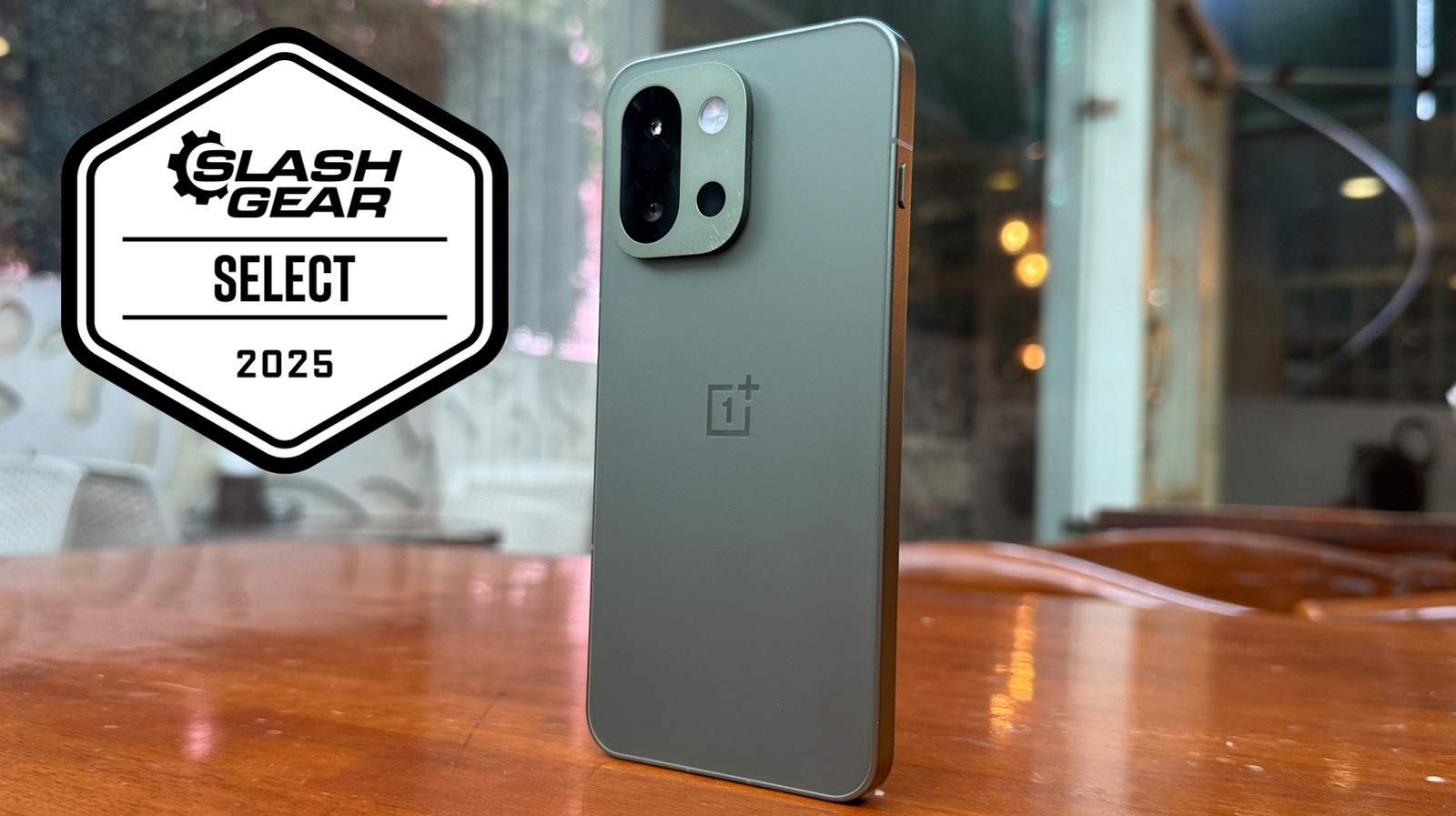










































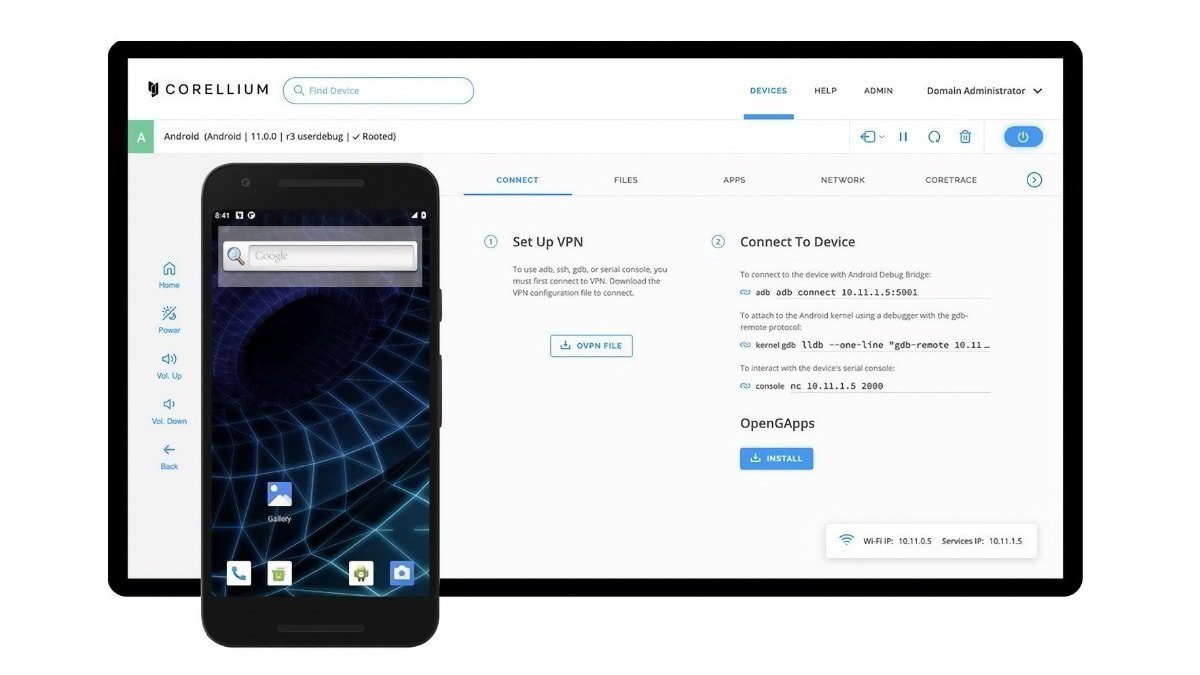




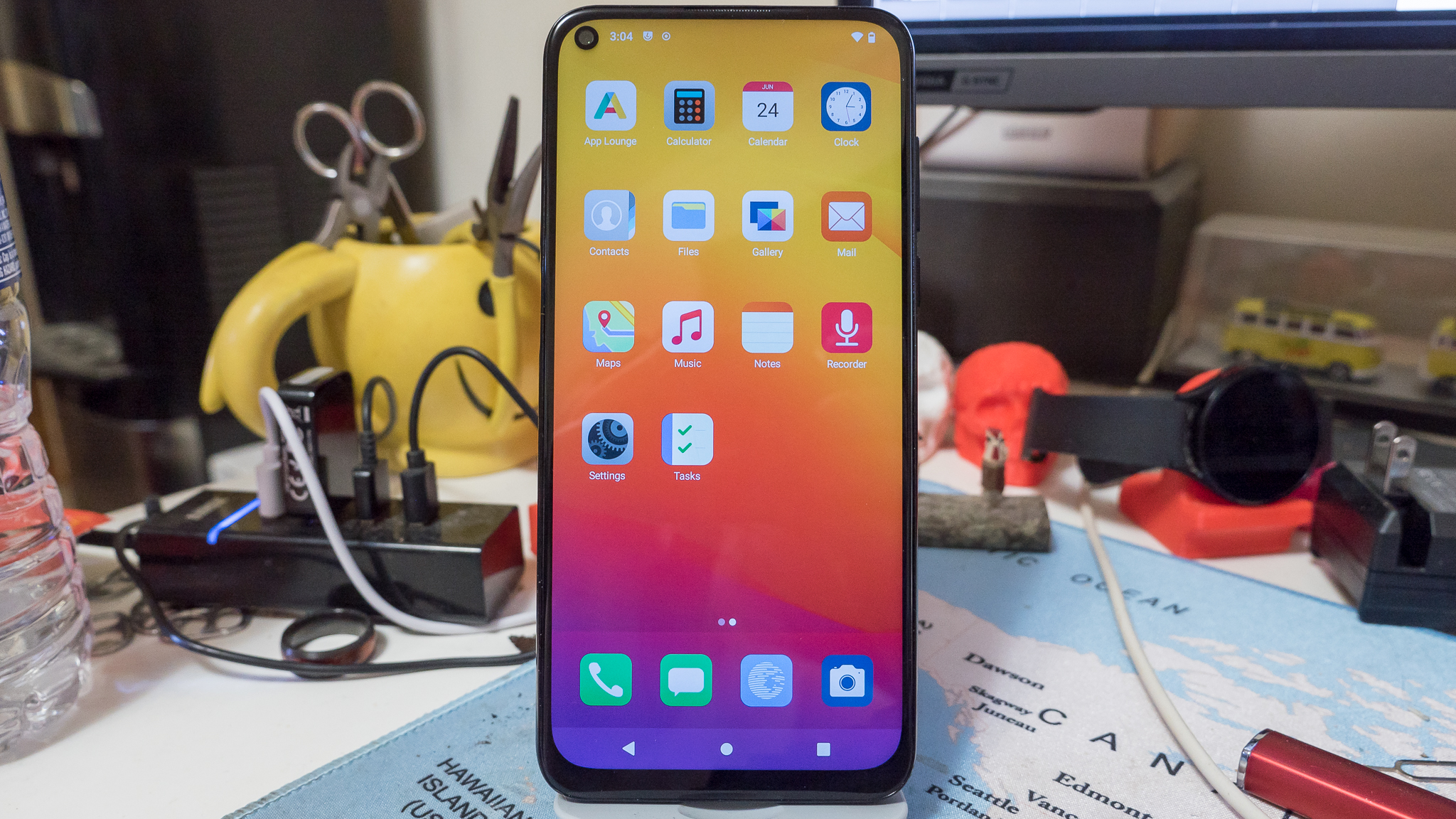























![Apple Shares Official Trailer for 'The Wild Ones' [Video]](https://www.iclarified.com/images/news/97515/97515/97515-640.jpg)





























